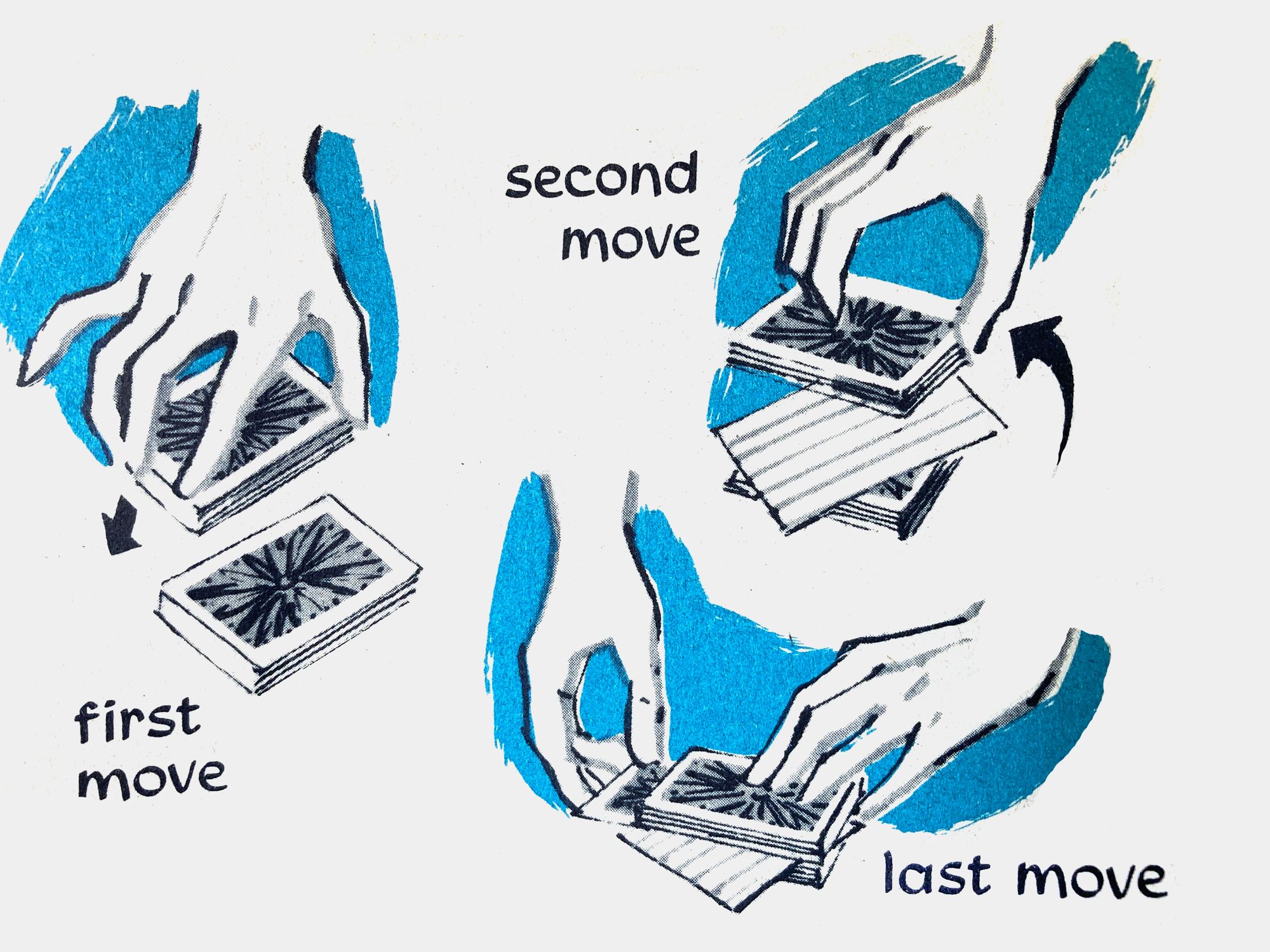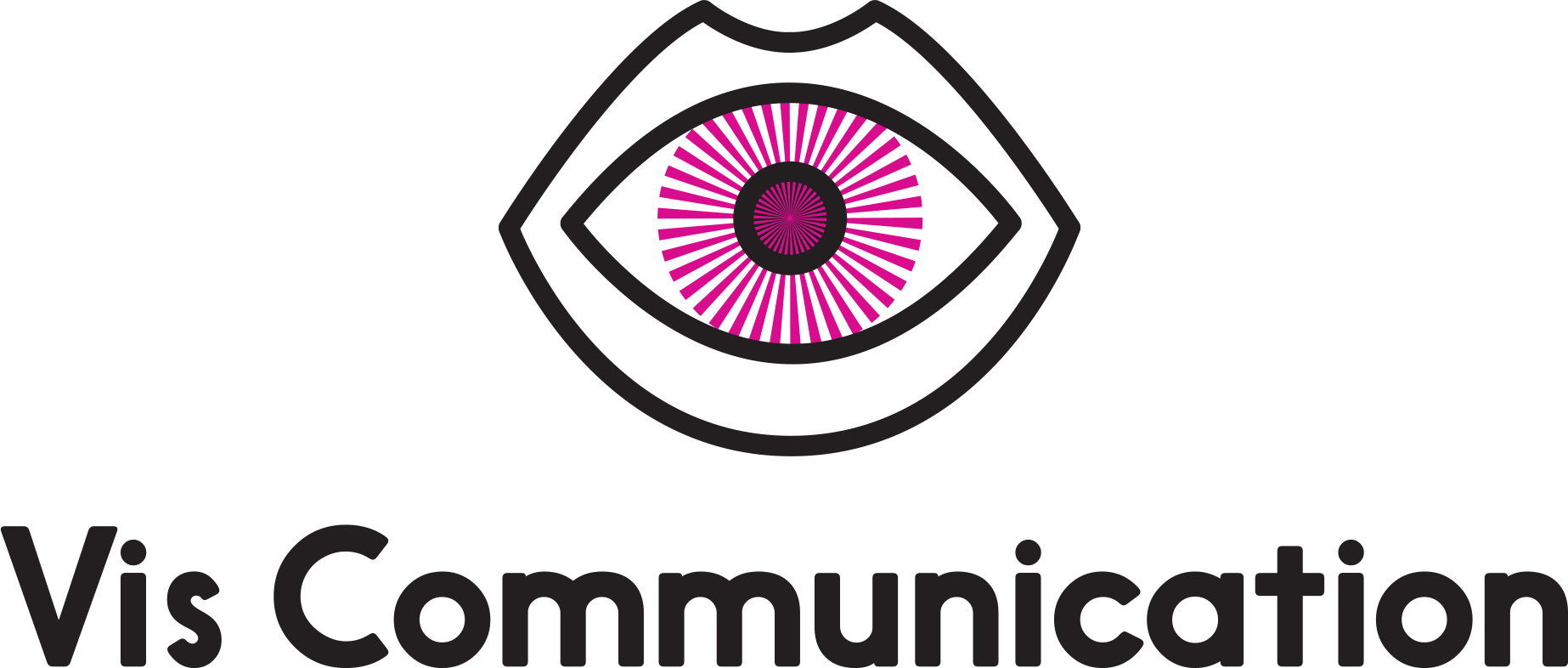The Magic of Three and The Wildcard

Turns out I presented a lot of work this week. So I thought I would talk about some of the unwritten rules for presenting design options.
One unwritten rule in advertising presentations is the “magic of three.” Meaning, three options is usually the best way to go for presenting clients with choices. But every situation is different – in one of the presentations this week I only presented one option. The problem to solve was to create an infographic, and it was a pretty clear ask.
Another presentation this week involved five options. This was a logo and a newer client, and I had a pretty good idea what the tonal range should be, but I gave a broad range intentionally that they could narrow down as a check. I had three that I thought were where they wanted to be, but a couple that were a little on the extremes just in case I hadn't gauged it quite right.
In general, three options is the magic number. People get overwhelmed with too many options. The Iyengar Lepper jam study is a great example. They may have a hard time making a choice. Or may start to doubt their choices. But often two options is too few. Much like Goldilocks and the Three Bears, three somehow just feels right. Especially on more complex projects that involve campaigns or have multiple parts, more than three concepts gets overwhelming quickly and frankly just hard to get through in the meeting.
More and more often lately, I like to include what I call (out loud in the meeting) the “wildcard.” It's an option that I either think or know is outside the client's norm, while still being appropriate to the project. But by calling it a wildcard, I'm giving the client permission not to like it. This takes a lot of pressure off both sides becasuse the wildcard is always an extra idea. And often enough to be surprising, they do like it. Clients sometimes like seeing something out of thier norm, even if they don't choose it in the end. But sometimes they're excited about seeing something different along with permission to reject it. I would always present the wildcard as the last option in the presentation. And that gets us into presentation order.
Giving the client the safest option first is usually best. The safest option means either the thing closest to what they asked for or what is most in their brand comfort zone. That way, they can relax through the other options knowing that whatever else is to come, you delivered what they needed. Now you can build through the next options. Often, I put my favorite option next to last, But if you have a wildcard, that always comes last. Even if it's your fav.
What are other unwritten rules of presentation that I've missed? Add them in the comments.
For the designer:
Think about the range of options you want to present and how you can make that a progression that makes sense for the project and the client. Give the client the thing they want and then it's easier to talk about other options. Otherwise you make them nervous. And if you want to show something to your client out of the norm, do it. Use a wildcard.
For the client:
You should have an idea going into a presentation about how many options you're going to see (see Expectations post here if you missed it) because you and your designer talked about expectations on the front end. So let the designer take you on a journey of possibilities. A good designer will show you things you expect as well as things you don't. Be open to a wildcard. Doesn't mean you have to like or choose it, but your designer may be showing where you could go in the future, or a perspective you hadn't considered before. Or, it will help you know what you don't want and that's useful as well.
Bonus links from the week:

I was on Annual Staff at my high school in the 90s and nothing prepared me for the quality of the annuals kids are designing today.

Feedback is definitely a subject I have on my list to write about, but this is a great take to tide you over.


